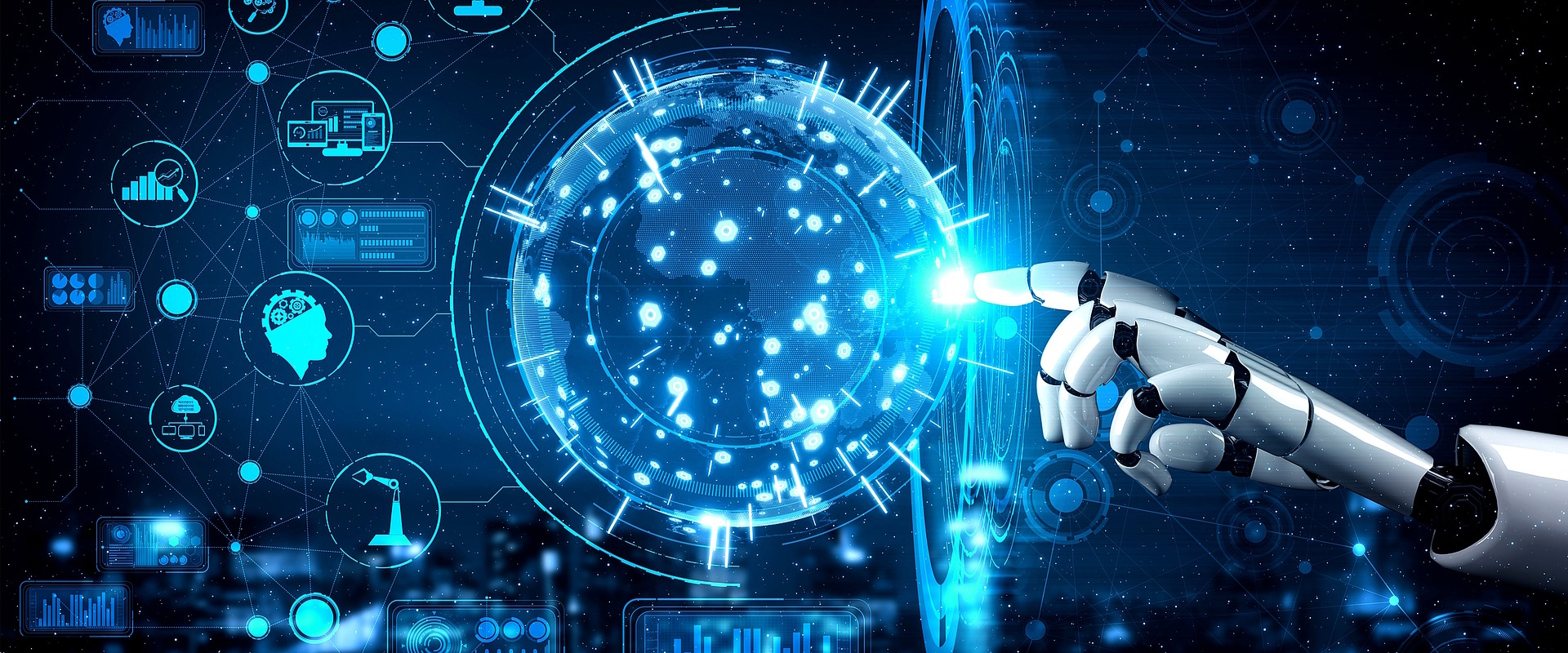
5G is entering 6GHz (gigahertz) now which is within the allocated frequency spectrum for 5G but not into THz (terahertz) anytime soon which is the current allocation for 6G technology research and development in USA. Some readers may find this sentence too technical and confusing. This article attempts to discuss the topic in layman terms so that more peers are able to discuss this useful piece of general scientific information.
Most if not all people have accepted that humans are in the process of evolution over millions of years. The process is expressed by Charles Darwin as natural selection. It refers to the adaptation of a biological entity to the environment. Humans adapt. No argument here. Technologies adapt too. Any argument? Let’s use this concept to interpret the developments of 5G and 6G.
Cellular technology for mobile phones has evolved from 1G, 2G, 3G, and 4G to 5G over several decades. The evolution speed is high because they were backed up by the reduction of size and increase of performance of semiconductors. 1G was the start of people-to-people conversations via a handheld brick. 2G added small text messaging. 3G added images. 4G added videos. 5G added thing-to-thing. We can easily tell that there is a discontinuity of adaptation from 4G to 5G. Many people get tripped by this discontinuity. Get the balance below.
Underlying the above progression is the increase of the frequency of radio waves used to transmit the content. 1G to 4G are indeed in the radio wave spectrum. 5G has stepped into the microwave spectrum and this reveals some issues with 5G. Many households have a microwave oven in the kitchen for warming food. Given enough power, microwave cooks food. The energy for 5G is low by regulation for human protection (thanks to engineers). Another natural issue is that the distance of transmission reduces with the increase of frequency. 5G has to deploy 4G for transmission over distances beyond its limit. 5G lives on 4G until enough 5G low-cost transceivers have been developed and deployed. Why do we need 5G at all?
We need 5G for the Internet of Things (IOT) and downloading of videos in a shorter time. There are 2 classes of IOT: stationary and mobile. The transmission of water reservoir level readings to a central control room several kilometers away uses 5G. The detection of obstacles in front of a car travelling at 100kph uses 5G. The long-distance static-data transmission uses sub-1GHz frequency and short-distance real-time fast-changing data uses microwave frequency of above 6GHz.
High speed transmission translates into shorter time of response or lower latency as we often hear. 5G latency is as low as 5ms (milliseconds) exceeding human capabilities. This means our anonymous driving car on the road at high speed is capable of detecting obstacles and taking corrective actions sooner than us on the steering wheel. Shall we go for 0.5ms or 0.05ms latency if possible? Why not. Yes, go for 6G at a THz frequency. An article on 6G is planned for 2025 or later.
5G is defined by 3GPP which is an international consortium of national telecommunication standards organizations set up in 1998 to unify developments of 3G technologies. It stays on for 4G and 5G.
Does the above information of adaptation make sense at all as general scientific knowledge? Feel free to comment and discuss.
Download this document:
Between 5G and 6G Connectivity (N09)
Please note: To download this document, you require to be logged in as a SUBSCRIBER.
